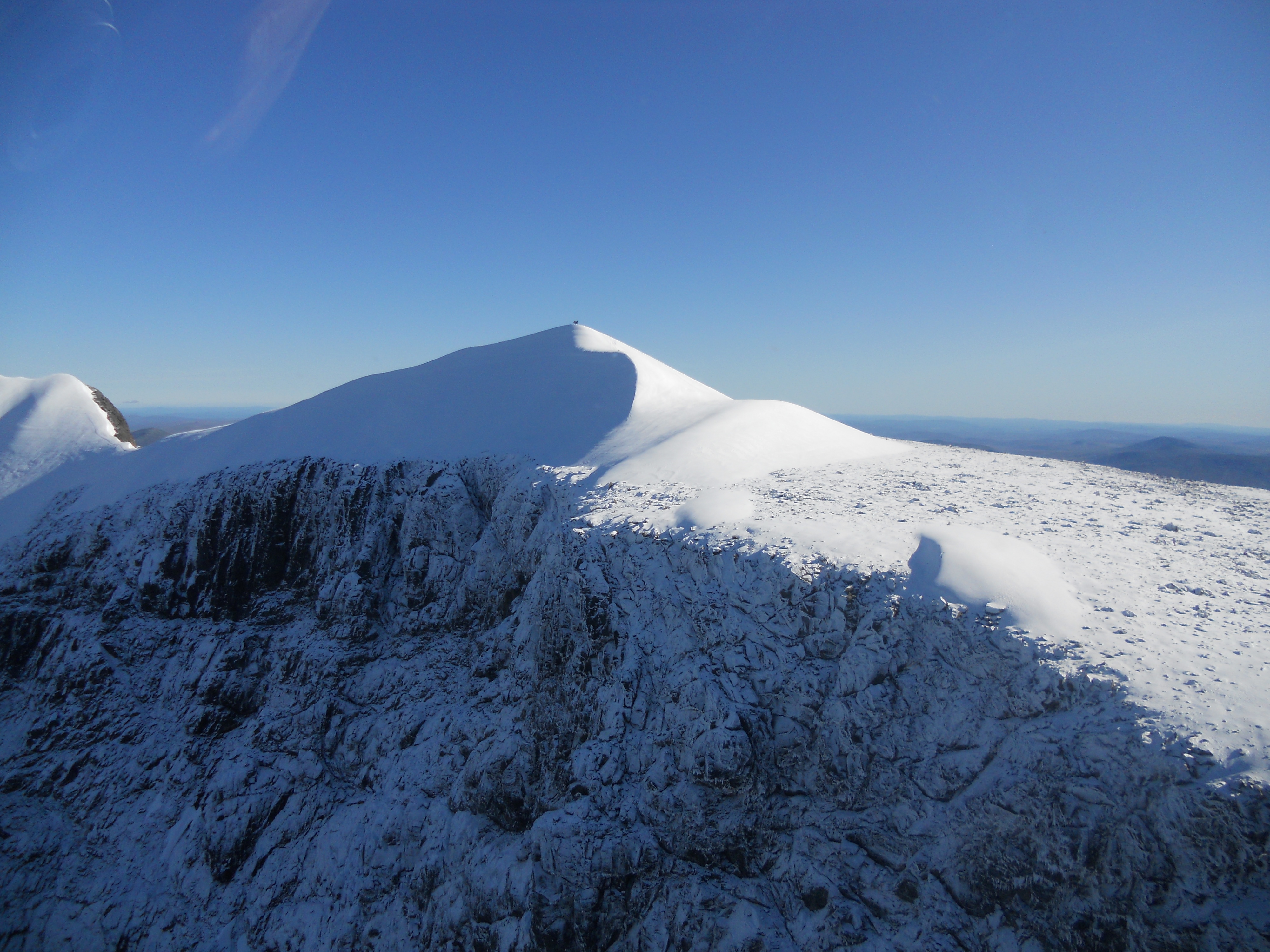Tarfala Data
Kebnekaise
Kebnekaise is the highest mountain in Sweden. The Kebnekaise massif has two peaks, of which the southern, glaciated, is highest at 2 099 metres above sea level at the latest time of measurement. The north peak (2 097 m a.s.l.) is free of ice. The height varies over the year and has a maximum during spring and a minimum in fall, depending on weather conditions.
The small glacier 30–40 metres thick glacier that covers the south peak varies in altitude as a response to weather changes, most importantly winter snow accumulation and summer temperature. The average decrease in altitude during the last 18 years has been 1 metre per year. If the melting continues at the same rate, the south peak will sink below the north peak (which is the highest fixed point in Sweden) within a few years' time.
Monitoring data
The height of Kebnekaise's south peak was measured for the first time in 1880 (2 115 m a.s.l.) and then again in 1902 (2 123 m a.s.l.). Since 1947, recurrent surveys of the south peak are part of Tarfala Research Station's monitoring programme.
